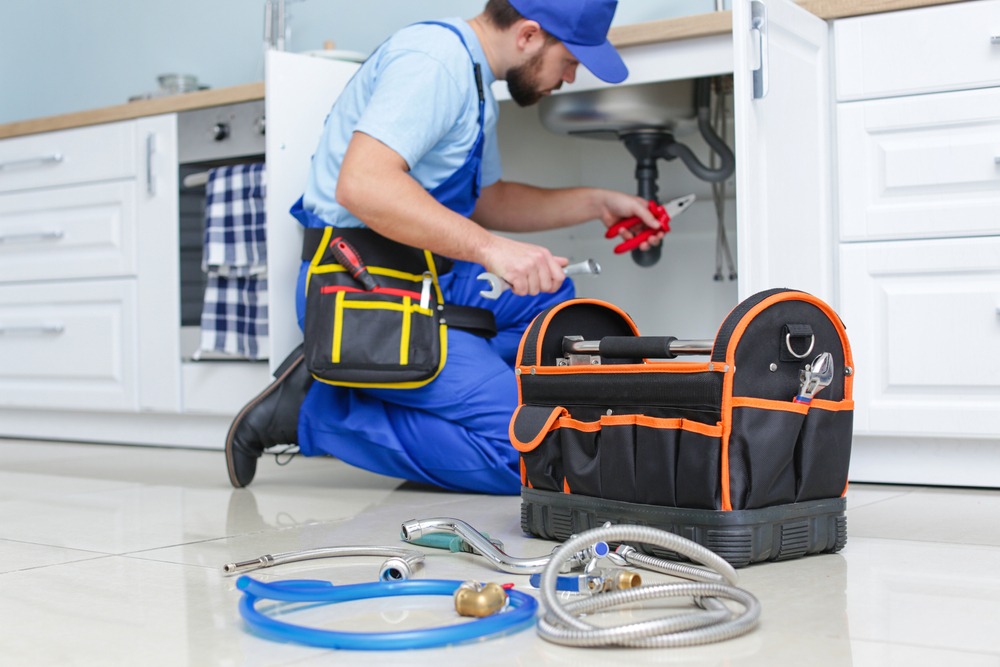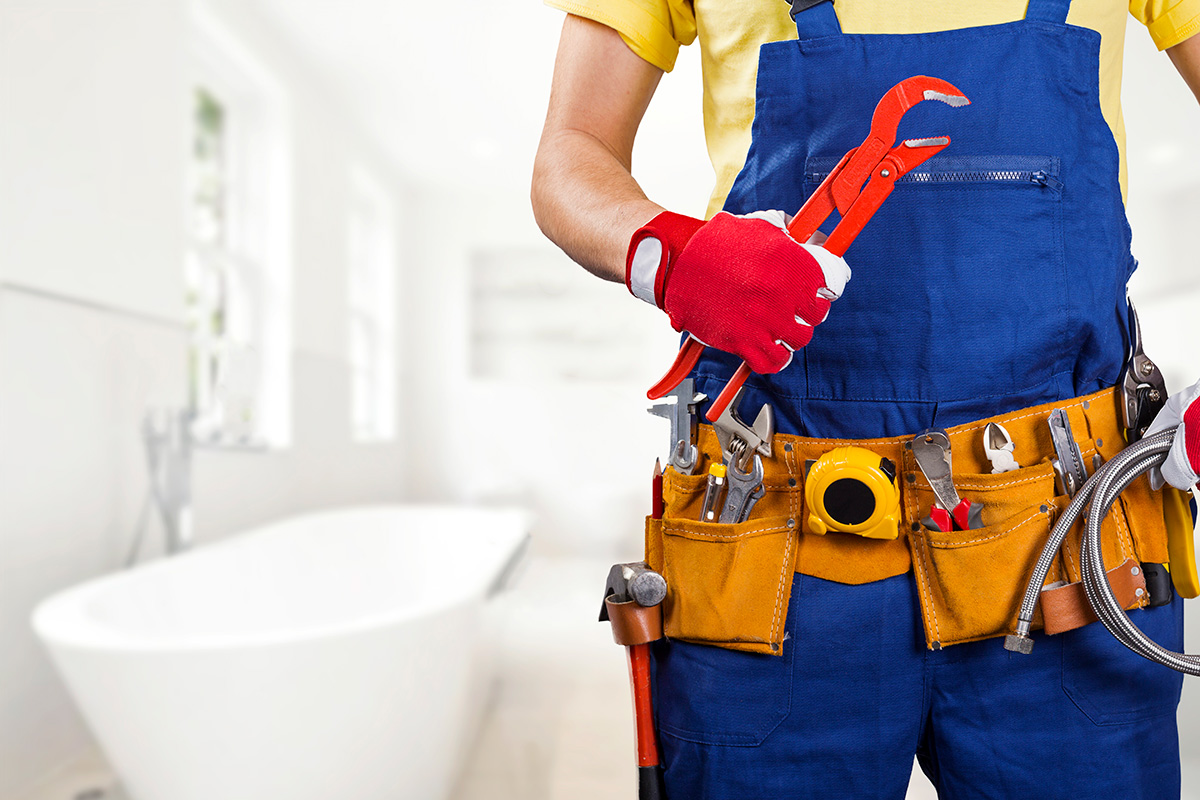Premier Plumber Alabaster AL Ready to Offer You Anytime
A Detailed Overview to Effective Hot Water Heater Installation for Optimum Performance
Embarking on the job of mounting a hot water heater is an endeavor that demands precision and an organized strategy for accomplishing optimum efficiency. The procedure starts with the important choice of picking the appropriate heating unit tailored to the details needs of your family, thinking about aspects such as kind, power, and dimension source. As soon as selected, preparing the setup area to meet security requirements is paramount. Nonetheless, the trip doesn't end here. As you proceed, the ins and outs of attaching water system lines and establishing up reputable electric or gas links await, promising insights into ensuring efficiency and reliability.
Choosing the Right Hot Water Heater

Following, take into consideration the size and capacity of the water heater. It's important to evaluate your household's warm water needs, which can vary based upon the variety of passengers and their use patterns. A system that's also small may cause inadequate warm water, while an extra-large version might lead to unneeded power consumption.
Effectiveness rankings also play a crucial function in choice. Search for hot water heater with high Energy Element (EF) rankings, indicating premium efficiency and lowered power usage. Tankless models, though commonly a lot more costly upfront, offer considerable power cost savings with time as a result of their on-demand heating abilities.
Preparing the Installment Area
Prior to installing a new water heating unit, thorough prep work of the installation location is crucial. This ensures a smooth installation process and helps avoid future problems (Drain Cleaning Alabaster AL). Begin by choosing a proper location that abides by regional building codes and safety criteria. The location needs to be completely dry, well-ventilated, and obtainable for upkeep. It's important to measure the area meticulously to suit the water heater's dimensions, ensuring appropriate clearance around the unit for reliable operation and maintenance.
Examine the flooring for security, as the water heating unit will need a solid, level surface to operate efficiently. If required, mount a drip pan under the device to capture prospective leakages or spills, preventing water damage to the surrounding location.
In addition, guarantee that all essential tools and products are on hand before beginning the setup. This includes items such as wrenches, screwdrivers, a degree, and any additional hardware required for placing and securing the heating system. A well-prepared installation location sets the foundation for a successful water heating unit configuration, enhancing performance and security.
Connecting Supply Of Water Lines
When attaching water supply lines to your freshly set up water heater, it is critical to make sure that all connections are safe and secure and leak-free to maintain reliable procedure and avoid water damages. Begin by recognizing the cool and warm water lines. The cold water inlet is commonly marked with a blue label or a "C", while the hot water electrical outlet is noted with a red tag or an "H".
Use adaptable water heating unit ports my response to help with an easier setup process. Before connecting the adapters, put a plumbing technician's tape around the threaded ends of the water heater's inlet and electrical outlet pipes.
When links are in place, gradually switch on the main supply of water shutoff. Evaluate each link for leakages by aesthetically examining and feeling for wetness. Tighten up links as needed, and make sure the pressure alleviation valve is properly mounted, protecting versus excessive pressure build-up.
Establishing Up Electric or Gas Links
Appropriately establishing the electrical or gas connections for your hot water heater is a crucial step to ensure secure and effective procedure. For electric water heating units, begin by verifying that the electrical circuit is suitable with the heater's voltage and amperage demands. Guarantee the power supply is switched off at the circuit breaker to avoid mishaps. Connect the electric cables to the heater following the maker's wiring representation. Generally, this involves connecting the ground cord to the green terminal, and the remaining wires to their matching terminals, protecting each with cable nuts.
For gas hot water heater, safety is paramount. Confirm that the gas supply is off before continuing. Attach the gas line to the hot water heater utilizing a versatile gas connector, guaranteeing it is effectively threaded and sealed with pipe joint compound or Teflon tape suitable for gas links. Tighten the links with a wrench, taking care not to over-tighten (Plumbing Services Alabaster AL).
When links are made, examine for any possible leakages. For gas lines, apply a soapy water remedy to the joints; bubbles show a leakage. For electric connections, double-check that all wiring is safe and correctly protected, keeping conformity with regional electric codes.
Checking and Readjusting for Performance
With the electrical and gas links securely in location, the next step is examining the functional efficiency of your water heating unit. Begin by carefully turning on the water supply and guaranteeing there are no leakages at any of the shutoffs or joints.
Following, do a complete inspection to guarantee the home heating elements or burner are working properly. For electric heating units, use a multimeter to confirm if the elements are drawing the suitable present. In gas models, observe the heater fire; it should be blue and consistent, indicating efficient burning.
Readjust the settings as needed to remove inadequacies. Think about applying insulation measures, such as adding a hot water heater covering, to better improve performance by lessening warm loss. Additionally, Discover More Here inspect the anode rod's problem, as a tatty rod can reduce efficiency and result in container corrosion.
Conclusion
Efficient water heating system installment is crucial for making sure optimal efficiency and energy savings. By picking the ideal type and size, and thoroughly preparing the installment location, a foundation for success is developed. Safely attaching water system lines and carefully establishing electric or gas links decrease potential issues. Extensive testing for leakages and exact thermostat changes to 120 ° F enhance dependability and effectiveness. Abiding by these actions promotes long-lasting functionality and power preservation in property water heating unit.

Effectively establishing up the electrical or gas connections for your water heater is a vital action to make certain risk-free and effective operation. For electric water heating systems, start by confirming that the electrical circuit is compatible with the heating system's voltage and amperage requirements. Attach the gas line to the water heater making use of an adaptable gas adapter, guaranteeing it is appropriately threaded and sealed with pipeline joint compound or Teflon tape ideal for gas connections.